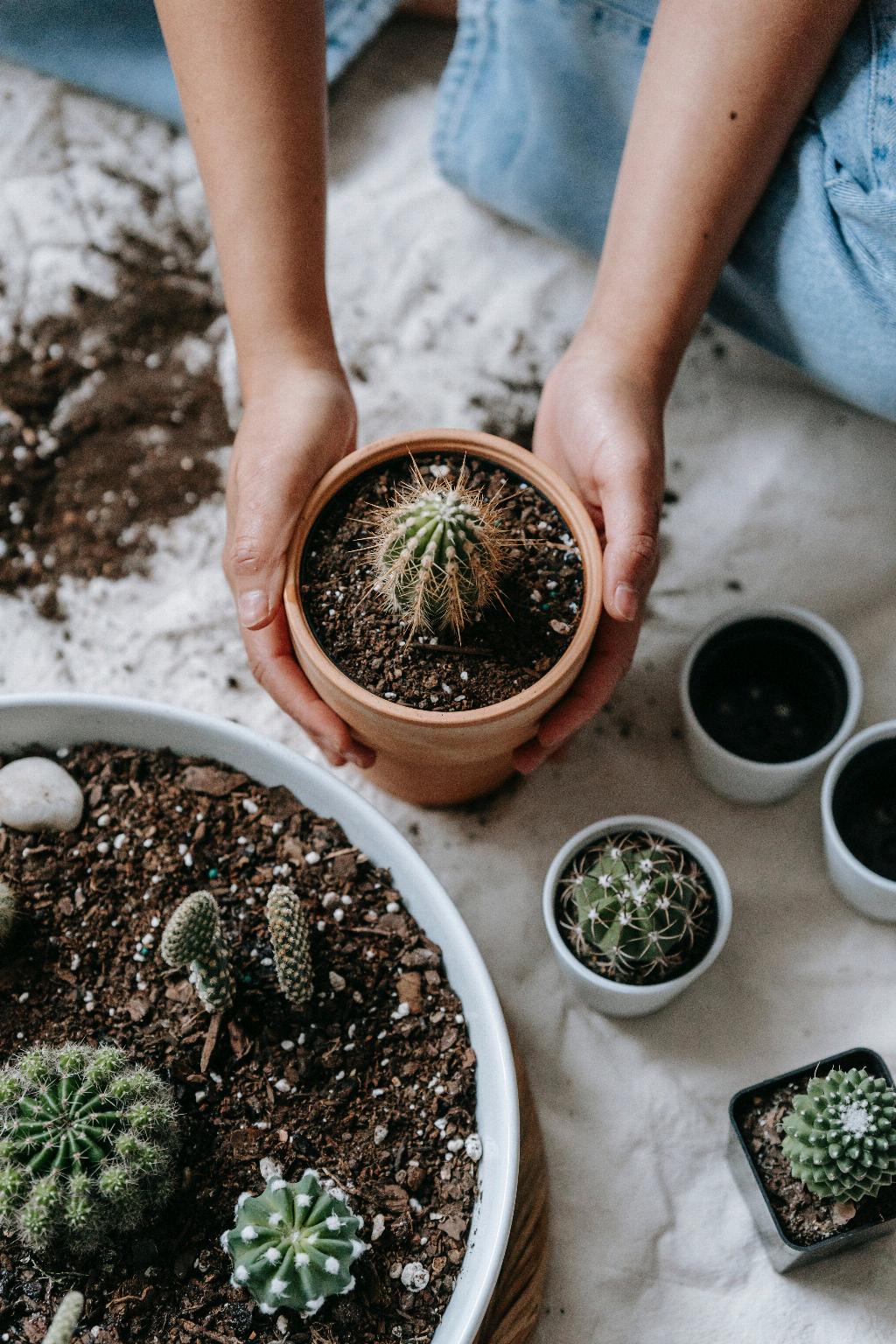When it comes to repotting your cactus, there are a few essential steps to follow to ensure the process goes smoothly. Whether you are an experienced gardener or a beginner, repotting a cactus can be a rewarding experience that promotes growth and health for your plant.
Assessing Your Cactus
Before diving into repotting, take a moment to assess the health of your cactus. Look for any signs of overgrowth, root-bound conditions, or disease. If your cactus is showing any of these signs, it may be time for a new pot.
Choosing the Right Pot
When selecting a new pot for your cactus, opt for one that is slightly larger than its current container. Ensure the pot has proper drainage holes to prevent waterlogged soil, which can be detrimental to cactus health.
Preparing the Soil Mix
Creating a well-draining soil mix is crucial for the health of your cactus. Combine a specialized cactus potting mix with sand or perlite to promote proper drainage and aeration for the roots.
Removing the Cactus
Gently remove the cactus from its current pot by carefully tipping it on its side and sliding it out. Be cautious of the spines, and use a pair of tongs or a thick scarf to protect your hands if dealing with a large cactus.
Inspecting the Roots
Once the cactus is out of its pot, inspect the roots for any signs of rot or overcrowding. Trim away any damaged roots using sterilized pruning shears to promote new growth and prevent diseases.
Repotting the Cactus
Place a layer of the prepared soil mix at the bottom of the new pot. Gently position the cactus in the center and fill in the gaps with the soil mix, ensuring the plant sits at the same depth as before.
Watering the Cactus
After repotting, water the cactus evenly to settle the soil and hydrate the roots. Allow any excess water to drain out from the bottom of the pot to prevent waterlogged conditions.
Providing Care Post-Repotting
Place the newly repotted cactus in a spot with adequate sunlight and allow it to adjust to its new environment. Avoid watering for a few days after repotting to prevent root rot.
Monitoring Growth and Health
Over the following weeks, keep a close eye on your cactus for any signs of stress or disease. Ensure it receives proper sunlight, water, and care to support healthy growth.
Final Thoughts
Repotting a cactus can rejuvenate its growth and overall health, allowing it to thrive for years to come. By following these steps and providing the necessary care, you can enjoy a beautiful and flourishing cactus in your home or garden.

